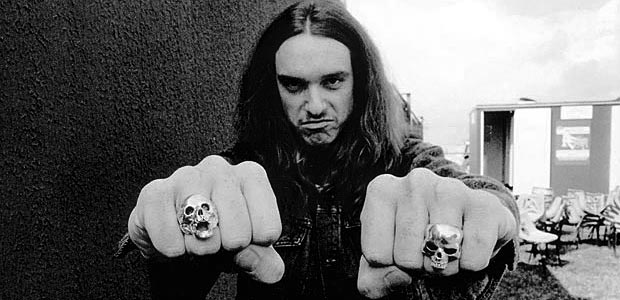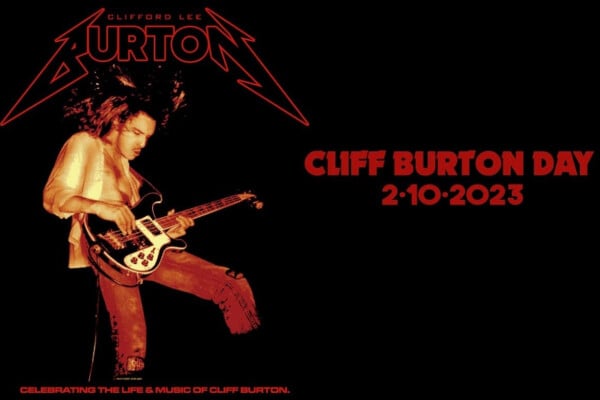Transcription: Cliff Burton’s “Orion”

“Orion”, the classic Metallica track that features bassist Cliff Burton in a lead role, was an obvious choice for this month’s transcription. To this day – nearly thirty years after it was recorded – it’s a track that is studied and dissected by metal-loving bass players all over the world. The recent release of the isolated bass part from this and other Metallica songs has given us all the chance to hear Cliff Burton’s original parts without the distractions of the other instruments, and in many cases this has proved to be a revelation: what were previously thought to be synth parts or guitar solos in fact turned out to be Cliff, using effects and guitar-like techniques such as upper-register soloing and tapping to take the bass player’s role to new heights.
“Orion” opens with a series of sustained bass chords from Cliff. These are heavily effected with distortion, and each needs to be allowed to ring fully throughout the bar – try to avoid large gaps as you switch between the chords – the transitions need to be fluid.
At letter A Cliff begins playing a simple eighth note groove based on octaves and chord tones. This four bar line is played three times, then begins to develop, with extra sixteenth notes added to the rhythm. This section leads into letter B, a distorted lead bass section in which Cliff plays an upper register line that sets up the heavy riff that arrives at letter C. Be careful with both of these riffs, as the staccato phrases at the end of every second bar – combined with Lars’ misleading drum pattern – tend to make things confusing here.
At letter D a similar bass line is played over the same chord changes as the A section. Cliff slides from a D into an E before dropping to the low E-string – you’ll hear on the recording that Cliff allows the octave E to ring into the low E, and you should do the same as this thickens up the sound considerably.
After coming to a false ending, the song switches to a completely different style and feel at letter F. The key changes to F# minor and the time signature becomes a slow 6/8. Cliff’s bass line is the feature of this section, and is a simple arpeggiated line that is heavy on chord tones. The line remains the same for several minutes, although Cliff periodically adds upper register fills in the second bar of the sequence throughout. The line develops into a more melodic arpeggio-based part at letter G. An understanding of the chords and the notes they contain will be beneficial when studying this part – Cliff brought experience with music theory to Metallica, and this is evident in his writing here.
At letter I Cliff plays a distorted lead bass solo in the upper register of the bass. Note that there are two bass parts here – the bottom stave contains the solo, the top stave contains some added harmony parts that were overdubbed afterwards. Again, an understanding of music theory and harmony will be helpful to you understanding the harmony parts that Cliff played here. The solo itself is fast, and complex in places, but by listening closely to the audio and following the recommended TAB positions you should find that the majority of it falls naturally under the fingers.
As the solo ends, the song resumes the original 4/4 time signature and tempo. Letter J reintroduces the eighth note line that was used at letter E, and letter K repeats the heavy riff from letter C. This riff is repeated as the track fades out.
Stuart Clayton writes for and runs Bassline Publishing, a small company who specialize in bass guitar tuition and transcription books. Check out basslinepublishing.com for more.





thanx a lot.
on master of puppets it is very difficult to identify the bass lines.
but with his musical knowledge and songwriting cliff had a big influence on the metallica sound.
f**k, I still miss him.